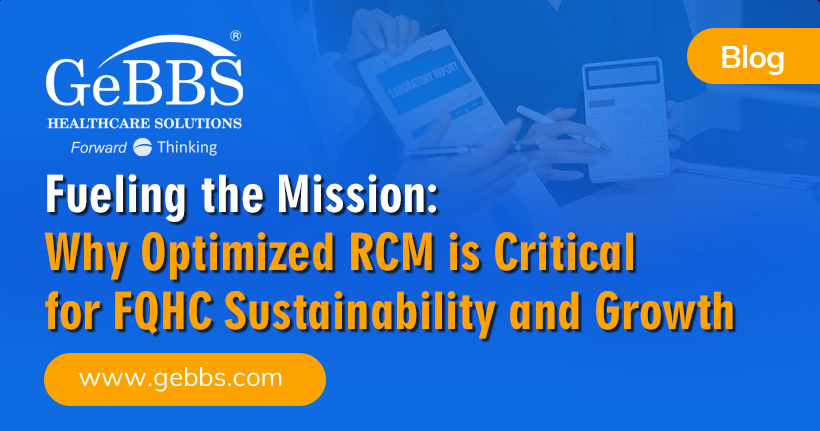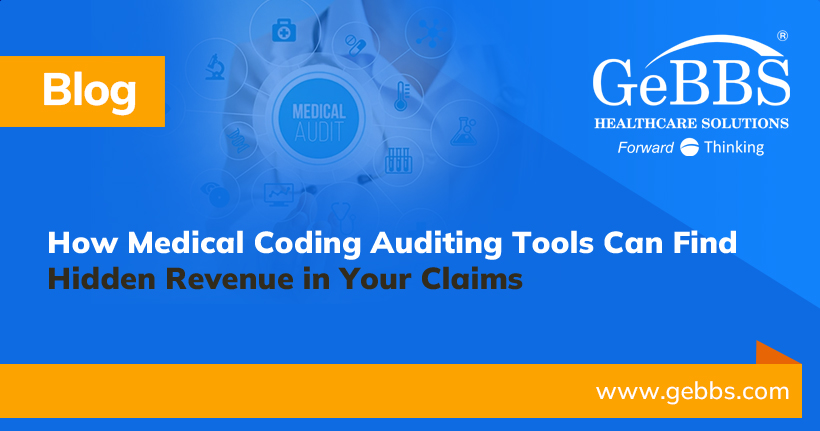Healthcare costs have always been a concern for consumers. However, they long failed to get transparency on costs for necessary procedures or treatments. Whether a patient is planning a birth, knee replacement surgery, or even something as simple as an imaging procedure, they are often left in the dark on the total cost with a complex coding and billing system.
Lawmakers and consumer advocates are bringing an end to the confusion and forcing providers and payers to get more clarity on healthcare prices. The most significant change came in June 2019, when President Trump signed an executive order on Improving Price & Quality Transparency in American Healthcare to Put Patients First. The order’s “Final Rule” had several regulations with the end goal of promoting competition and helping drive down healthcare costs for patients.
The Final Rule required providers to publicly post charges and negotiated rates for a minimum of 300 “shoppable services” directly on their website. However, these prices often mean little to patients because they are unsure of their out-of-pocket costs with different insurers. That is why another part of the order required providers to disclose the out-of-pocket cost information before patients receive care.
The healthcare industry is bracing itself for another significant change as all plans will be required to share the costs of the 500 most common healthcare items and services by January 1, 2023. All hospitals must have the costs of every covered item and service by January 1, 2024.
The industry has experienced significant changes since the order came into effect on January 1, 2021.
Here is how the Final Rule impacted healthcare, patient care, and margins in the past two years and how hospitals are responding to these changes.
Compliance Challenges
Since the Final Rule was enacted two years ago, providers have struggled to reach compliance. An analysis found that 20 months after all hospitals were required to comply with the executive order, only 16% complied. In fact, neither of the two largest hospital organizations in America (Ascension Health and HCA Healthcare) was compliant when the analysis was conducted.
For many leaders, the main reason for non-compliance is confusion. The regulations on what constitutes compliance are challenging to navigate and confusing for hospitals. Providers hesitate to spend beyond the minimum requirements, fearing wasting money on the wrong rabbit hole and still finding themselves non-compliant.
This lack of compliance puts providers at significant risk of substantial fines. In fact, the Department of Health and Human Services (HHS) issued substantial penalties for two hospitals that failed to post pricing files. As a result, both hospitals have excellent files and are in full compliance. While many hospitals are hesitant to invest the tools and time it takes to comply, they will likely find their situation even worse when they are forced to and have hefty fines on top of it for non-compliance. Currently, HHS is fining non-compliant hospitals $300 per day.
Many hospitals need help to meet 2021 compliance and will likely find significant issues in meeting 2023 targets. It leaves them vulnerable to hefty fines, overbearing compliance oversight, and stressful deadlines when HHS gets involved.
Insufficient Resources
The second major obstacle providers face as they implement the regulations is insufficient resources. The need for machine-readable files and publishing rates online is beyond the technology that some hospitals currently possess.
Many also found that the software needed to publish pricing information cumbersome and challenging to use. In the survey mentioned above, over half of hospitals stated that achieving transparency compliance will require significant resources. Furthermore, four in 10 said it would require moderate resources.
Hospitals will continue to lag in achieving compliance without the right tools and expertise.
Turning to Third-Party Revenue Cycle Technology Solutions to Reach Compliance
While providers may struggle and ignore the Final Rule, those who are proactive with compliance will likely find that they avoid fines and build trust with their patients. Consumers will be able to plan and save for necessary procedures.
There is no way that hospitals can escape transparency. Despite legal battles, the judicial system has held up the executive order, and HHS has started holding non-compliant hospitals accountable. As the next milestone in the Final Rule looms nearer, hospitals need to take transparency more seriously than ever. Ignoring it will only lead to more significant consequences for organizations.
With the right tools, price transparency is achievable. Hospitals can become compliant with the digital front door, price estimator tools, and a well-informed team of staff members.
Not only will transparency meet compliance and build consumer trust, but it can also improve revenue cycles in some instances. When patients are aware of costs, they can prepare and pay promptly.
Navigating the newest regulations doesn’t have to be confusing. The right technology vendors on your side can help you prepare to achieve complete price transparency. Patient access and chargemaster revenue cycle management (RCM) vendors have the tools and expertise to tackle the newest regulations. Leveraging extensive data in electronic medical record (EMR) systems along with technologies such as robotic process automation, artificial intelligence, and machine learning means that hospitals no longer have to widely guess and make more accurate estimated costs for treatments and services.
The tools that hospitals have access to today make price transparency far less of an obstacle than during days of manual coding and billing. Providers can offer a superior patient experience by providing personalized estimates upfront and giving consumers the information they need to make informed decisions about their care. Plus, accuracy will only improve as hospitals rely on and learn more about estimates and the technology evolves.
Achieving Compliance in 2023
Providers have long tried to ignore the Final Rule, but with 2023 quickly approaching, the bar to compliance continues to rise. While it may be complicated for executives and staff to navigate, accessing the right tool and experts makes price transparency easier to achieve. It helps keep the organizations in compliance and offers them a competitive advantage as patients look for hospitals they can trust.
If you need more information about price transparency, GeBBS Healthcare Solutions can help. Contact one of our experts today at gebbs.com to see what tools can help your hospital achieve compliance in 2023.






